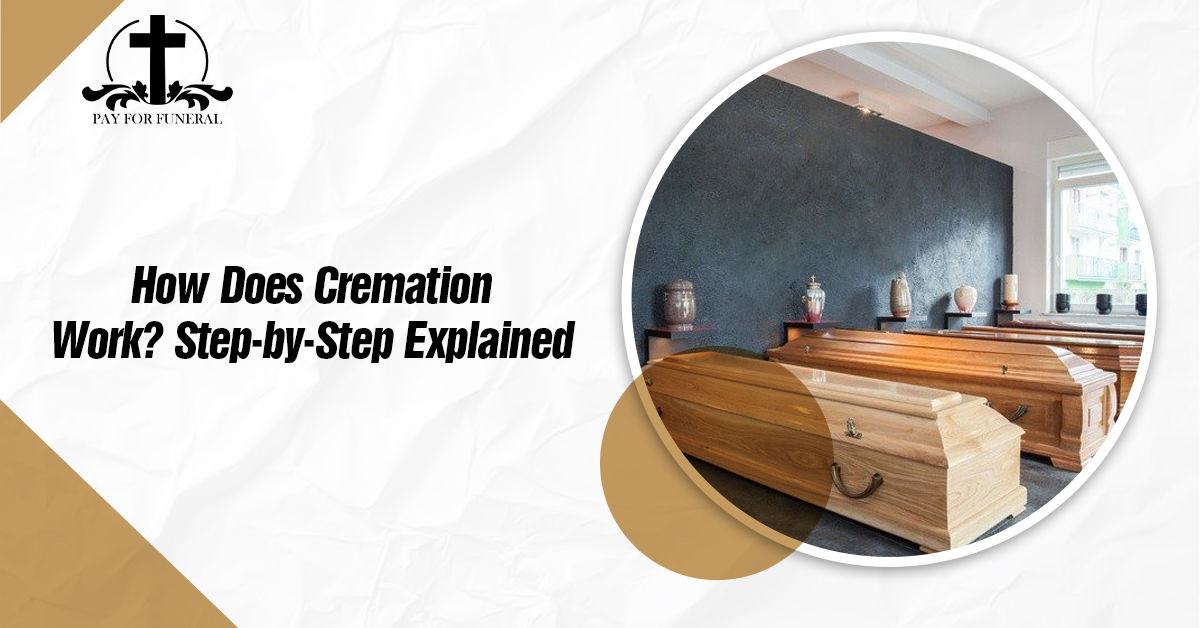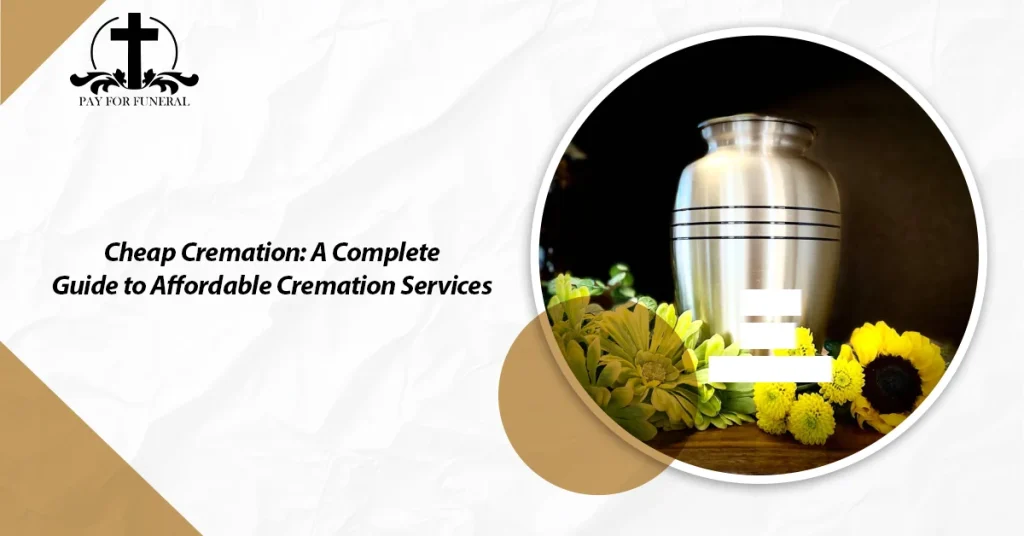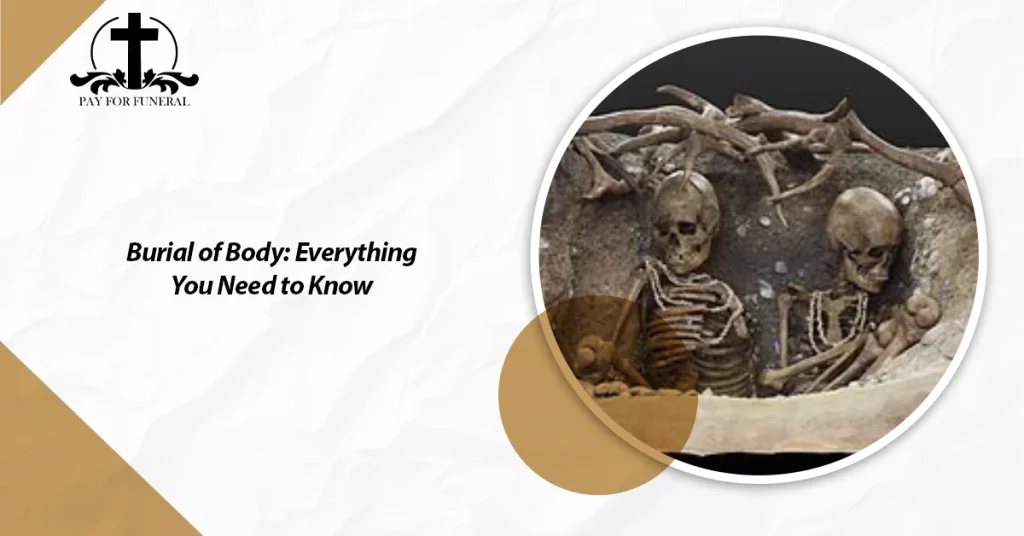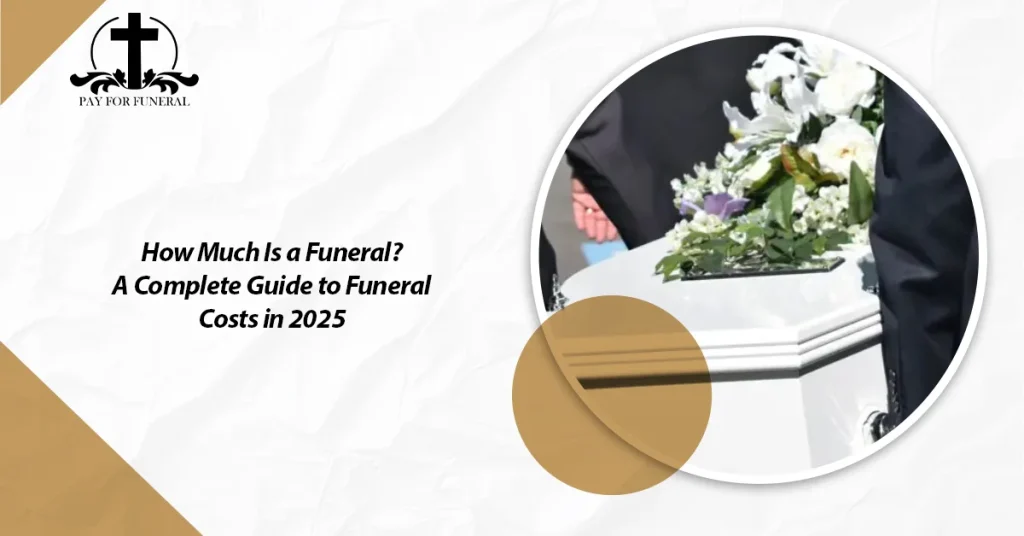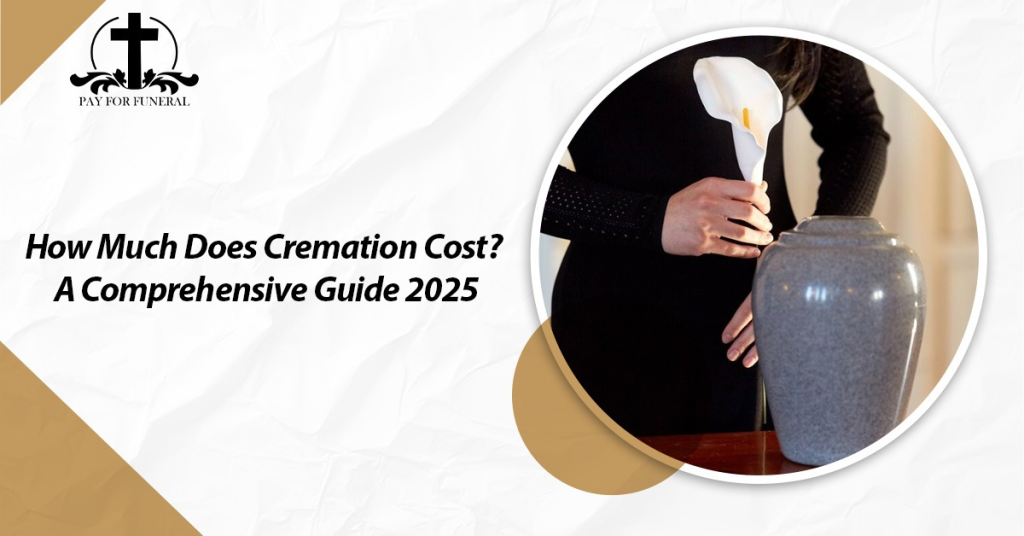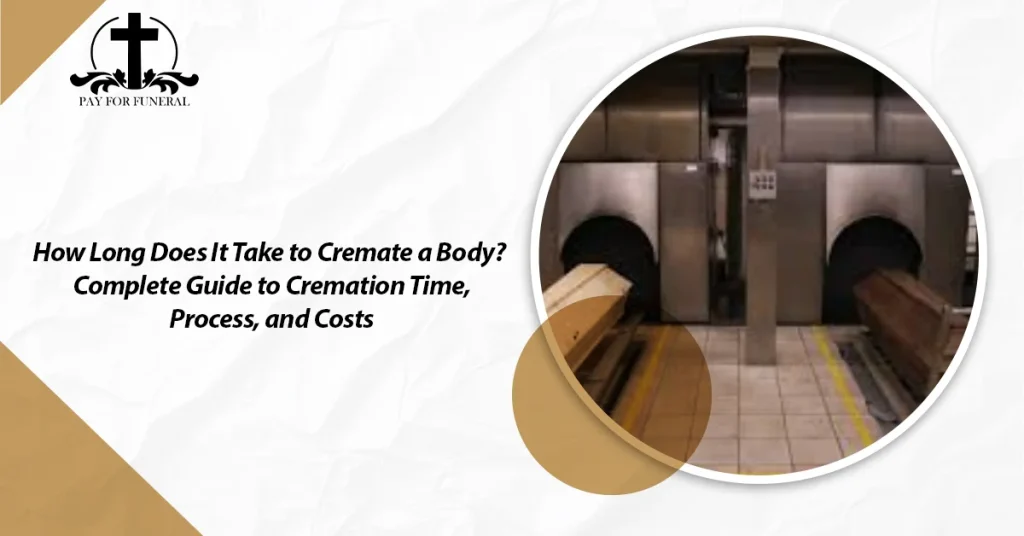Introduction
How does cremation work? This is a question many people are asking as cremation becomes more popular than traditional burial. With rising funeral costs and a growing interest in simpler, eco-friendly options, cremation is now a common choice for many families.
Get Free Quotes
Customized Options Await
In this article, we’ll explain the full process of cremation in simple terms. You’ll learn about the different types of cremation, how much it typically costs, and how various religions view it. We’ll also answer some common questions people have when considering cremation for themselves or a loved one.
Whether you’re planning ahead or making arrangements after a loss, this guide will help you understand how cremation works and what to expect.
What Is Cremation?
Cremation is a method of final body disposition that uses intense heat to reduce a body to ashes and small bone fragments. It is an alternative to traditional burial and is chosen for many reasons, including simplicity, cost, and personal or religious beliefs.
In simple terms, cremation involves placing the body in a special chamber, called a cremation chamber or retort, where it is exposed to high temperatures, usually between 1,400 and 1,800 degrees Fahrenheit. After a few hours, all that remains are ashes, which are then placed in a container or urn for the family to keep, scatter, or bury.
The Cremation Society of Illinois is one example of a regional resource that helps families understand and plan cremations. They provide information, support, and affordable cremation services, making the process easier for those going through a loss.
Historically, cremation dates back thousands of years and was practiced by cultures like the ancient Greeks and Hindus. Today, it has become a common and respectful option around the world, with modern facilities offering more personalized and environmentally friendly choices.
Procedure of Cremation: Step-by-Step Explanation
Understanding how cremation works can bring peace of mind during a difficult time. Here’s a clear, step-by-step explanation of the cremation process.
What Is the First Step of Cremation?
What is the first step of cremation? It all begins with proper paperwork and legal authorization. Before cremation can happen, the family or next of kin must complete consent forms, and a death certificate must be issued. Depending on the state or country, a waiting period may also be required.
Once the paperwork is in order, the body is transported from the place of death, such as a hospital or home, to the crematory facility. This step is done with care and respect, often by licensed funeral professionals.
How a Body Is Prepared for Cremation
How is a body prepared for cremation? The process begins with confirming the identity of the deceased. This is usually done through a tag or ID band that stays with the body throughout the entire process.
Next, medical devices like pacemakers are removed, since they can explode due to the high heat in the cremation chamber. Prosthetics and other metal items may also be taken out at this stage. Clothing or a simple gown is often placed on the body, depending on the family’s wishes and the policies of the cremation provider.
Inside the Cremation Chamber
The cremation chamber, also called a retort, is a special machine made to handle very high temperatures. The body is placed in a cremation container, usually made of wood or cardboard, and then moved into the chamber.
The chamber reaches temperatures between 1,400 to 1,800 degrees Fahrenheit. It takes about 2 to 3 hours to completely cremate an adult body. During this time, the soft tissues are vaporised, and the bones are reduced to fragments.
After cooling, the remaining fragments are carefully removed and processed into fine ashes, which are placed in an urn or container chosen by the family.
What Is Removed from a Body Before Cremation?
To ensure safety and proper cremation, several items are taken out before the process begins. These include:
- Pacemakers, which can explode due to heat
- Jewellery, if not requested to be cremated with the body
- Metal implants, like surgical screws or artificial joints
- Prosthetic limbs, if present
Any items removed are either returned to the family (in the case of jewellery) or disposed of properly.
Duration of the Process
How long does it take to cremate a body? On average, cremation takes 2 to 3 hours for the body to be fully processed in the chamber. After that, it takes an additional 1 to 2 hours for the remains to cool and be prepared for the family.
Several factors can affect the duration, including:
- The body’s size and weight
- The type of cremation equipment
Local environmental rules - Whether the cremation is direct or includes a service
Overall, the full cremation process from preparation to returning the ashes can take 1 to 3 days, depending on the funeral home and scheduling.
Types of Cremation Services
There are several types of cremation services to suit different needs, beliefs, and budgets. Whether a family wants a simple process or a full ceremony, cremation offers flexibility and personalization.
Direct Cremation
Direct cremation is the simplest and most affordable type of cremation. The body is cremated shortly after death without any viewing, embalming, or funeral service.
Companies like Simplicity Cremations focus on this approach, offering easy and cost-effective packages. This option is ideal for families who prefer a private goodbye or wish to hold a memorial later in a more personal setting.
Benefits of direct cremation include:
- Lower costs (no embalming or casket)
- Fast and straightforward process
- Freedom to plan a memorial later, if desired
Traditional Cremation with Memorial Service
A traditional cremation with a memorial service involves holding a ceremony before or after the cremation. This can take place in a funeral home, a place of worship, or any chosen location.
The memorial may include:
- Speeches or eulogies
- Religious or spiritual rituals
Displaying photos or a memory table - Playing meaningful music
This option provides a chance for friends and family to gather, share memories, and support each other while still choosing cremation.
Cremation with Viewing
Some families want to say goodbye in person. Cremation with viewing allows them to do this before the cremation takes place. In this case, the body is usually embalmed and placed in a rental casket for a public or private viewing.
This option combines elements of a traditional funeral with the cremation process and is often chosen by families who value the chance for a final farewell while still preferring cremation over burial.
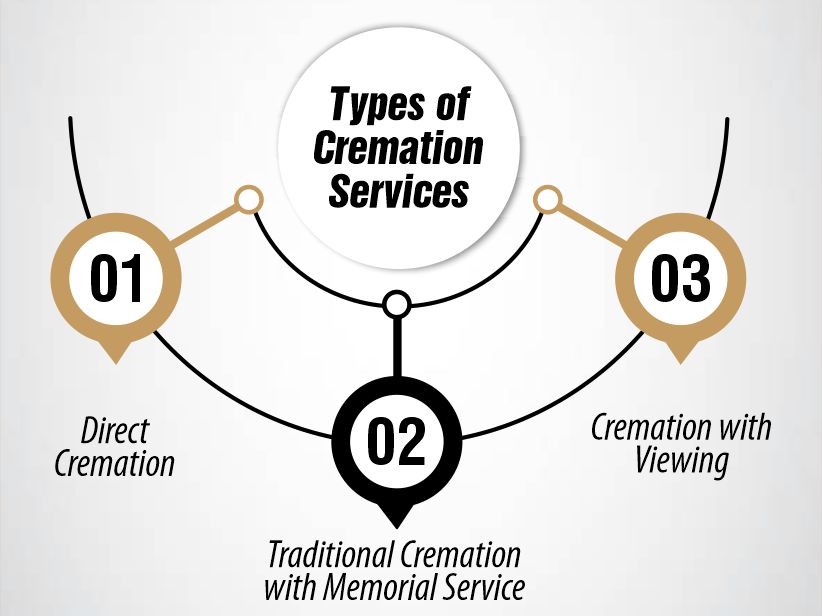
What Happens During a Cremation Service?
A cremation service typically mirrors a traditional funeral but centers around the cremation process. During the ceremony, family and friends gather to pay respects through speeches, readings, prayers, and music, tailored to the wishes and beliefs of the deceased and their loved ones. The keyword what-happens-during-a-cremation-service often reflects curiosity about the tone and structure of these events. Some services include a viewing of the body beforehand, while others feature a memorial with the urn present. Religious elements may vary widely Christian, Buddhist, Hindu, and non-religious services each follow distinct customs. After the ceremony, attendees may witness the beginning of the cremation or proceed to a reception or scattering ceremony.
This personalized tribute provides emotional closure while honoring the individual’s life and final wishes.
What are religious views on cremation?
Different religions have varying beliefs:
- Christianity: Views differ by denomination. Many Protestant groups accept cremation, while the Catholic Church allows it but prefers burial. Some conservative Christians may oppose it.
- Hinduism: Strongly supports cremation as it is believed to release the soul from the body, helping it move on to the next life.
- Islam: Strictly forbids cremation, as the body should be treated with dignity and buried whole.
- Buddhism: Accepts cremation and often prefers it. The focus is on the impermanence of the body and the soul’s journey.
- Judaism: Traditionally prefers burial. Orthodox Judaism opposes cremation, but some Reform Jews may choose it.
Each religion has deep reasons for its stance, based on beliefs about the body, the soul, and the afterlife. Families often choose based on their faith or personal values.
Cremation Packages and Prices
When planning a cremation, understanding cremation package prices can help you make an informed and budget-friendly choice. Prices vary depending on the type of service, location, and provider.
Direct Cremation
Direct cremation is the most affordable option. It includes only the essentials: transportation, paperwork, and the cremation itself. There’s no viewing or ceremony.
- Average cost: $600–$2,000
- Best for: Simple, no-service arrangements
Example: A search for “cremation near me” may lead you to local providers like the Cremation Society of Illinois, which offers basic packages under $1,000.
Full-Service Cremation
This includes a memorial or funeral service, embalming, viewing, and sometimes a casket rental.
- Average cost: $3,000–$6,000+
- Best for: Families who want a traditional farewell with cremation
- Included: Ceremony planning, staff, and facility use
Comparing cremation package prices can help you choose what best fits your needs and budget. Always ask for a detailed quote to avoid hidden fees.
What Happens After Cremation?
Handling the Ashes
After cremation, the ashes also called cremated remains are returned to the family in a temporary container or a chosen cremation urn. Families can decide how to handle the ashes based on personal wishes or religious customs. Options include burying the urn in a cemetery, scattering the ashes in a meaningful place, or storing them at home
Burial or Storage
For those who prefer burial, many cemeteries offer smaller plots specifically for urns. Cemetery plot costs for urns are usually much lower than traditional burial plots, often ranging from $300 to $1,000. Another option is placing the urn in a columbarium niche, which is a small space in a memorial wall. Some families choose to keep the urn at home in a decorative container or display case, creating a lasting tribute to their loved one.
Choosing a Cremation Provider
Selecting a trustworthy cremation provider is important to ensure a respectful and smooth process. Here are some tips to help you choose:
- Check Credentials: Look for licensed and accredited crematories or funeral homes in your area.
- Read Reviews: Customer feedback can give insight into the provider’s reputation and service quality.
- Compare Prices: Ask for detailed, written estimates to avoid hidden fees.
- Visit Facilities: If possible, tour the crematory or funeral home to see their operations firsthand.
- Ask Questions: Make sure they explain the process clearly and answer your concerns.
Local organizations, like the Cremation Society of Illinois, can be a helpful resource. They often offer transparent pricing, reliable services, and educational materials to guide families through the cremation process. Choosing a provider with a good reputation ensures peace of mind during a difficult time.
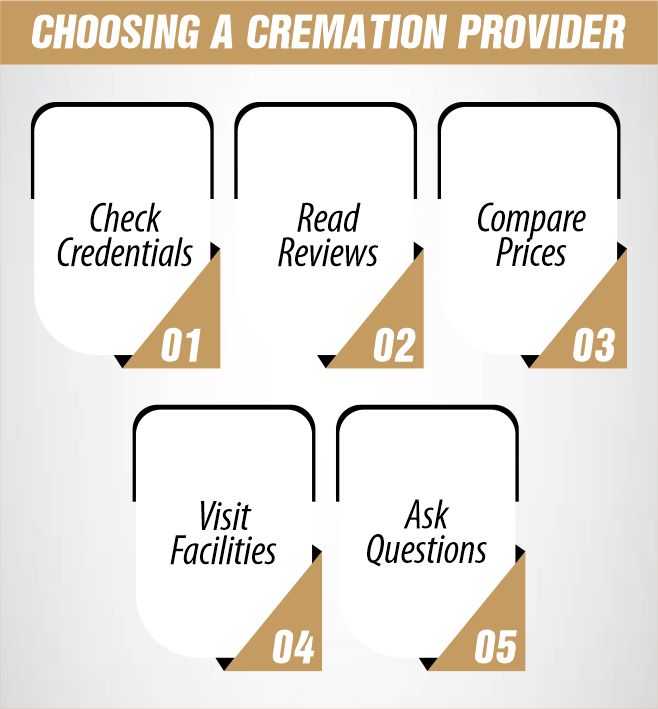
Conclusion:
Cremation is a respectful, flexible, and accessible option for honoring loved ones. From the initial paperwork and careful preparation to the cremation itself and final handling of ashes, the process is designed to meet various needs and preferences. Whether you choose a simple direct cremation or a full-service memorial, cremation offers many choices for personalization.
Considering cremation? Speak to a licensed provider near you to explore your options and find the best fit for your family’s wishes.
FAQs:
How do cremation only funerals work?
Cremation-only funerals involve directly cremating the body without a formal service beforehand. Families may hold a memorial later if they wish.
How is a body prepared for cremation?
The body is identified, medical devices like pacemakers are removed, and it may be dressed in simple clothing before cremation.
Does a body get drained before cremation?
No, bodies are not typically drained unless embalming is requested, which is rare for cremation.
What is removed from a body before cremation?
Items like pacemakers, jewelry, metal implants, and prosthetics are removed for safety and proper cremation.
How long does it take to cremate a body?
Cremation usually takes 2 to 3 hours, plus additional time for cooling and preparing the ashes.

